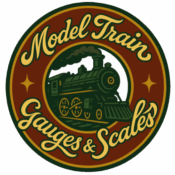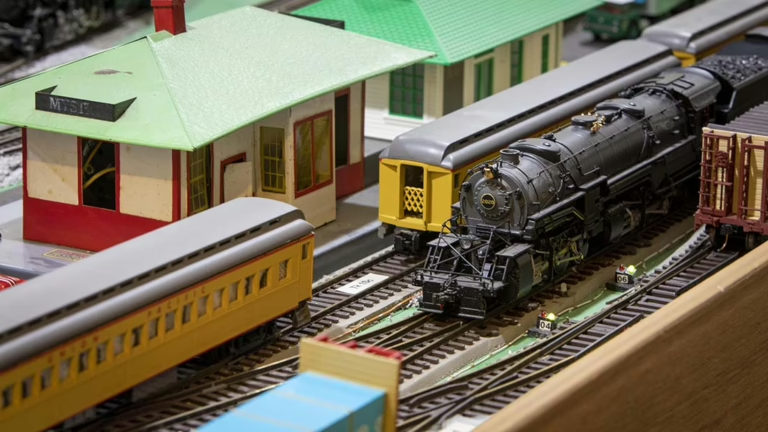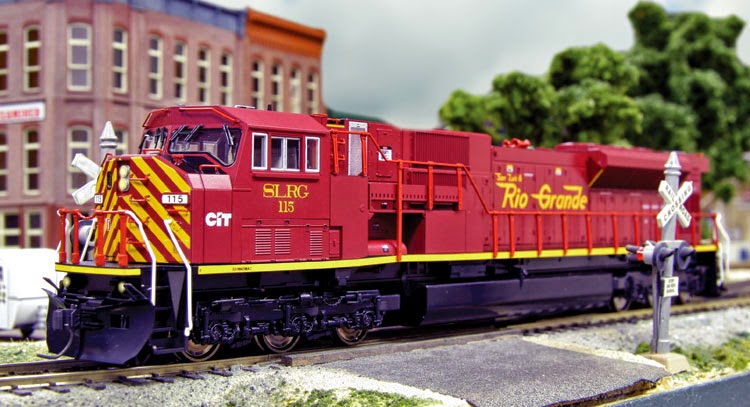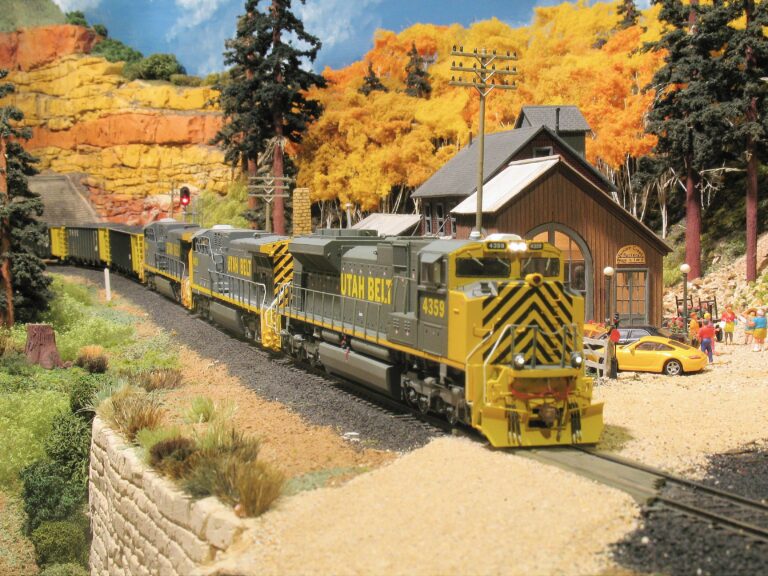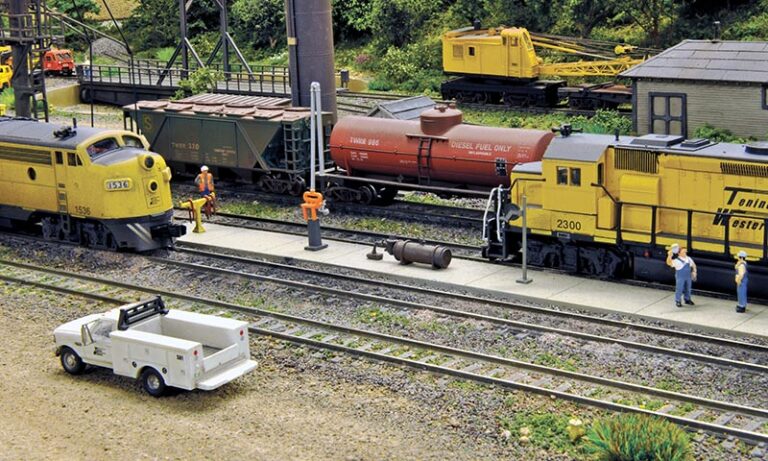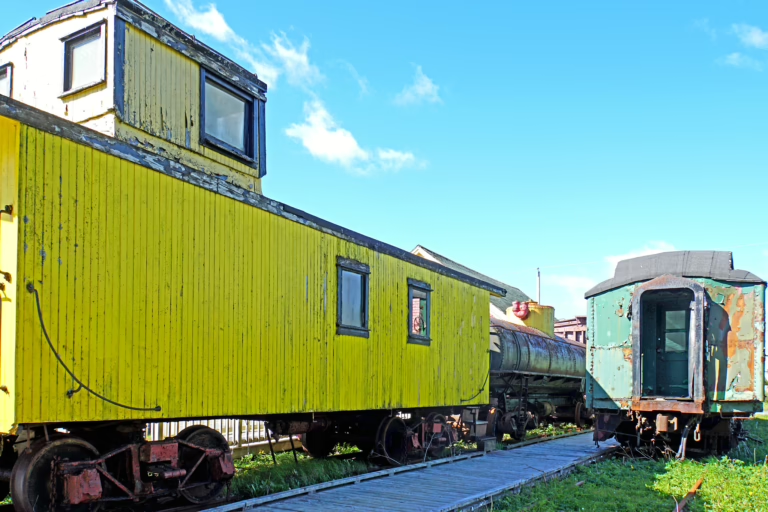Bachmann vs Athearn: Which HO Brand Delivers the Best Value?
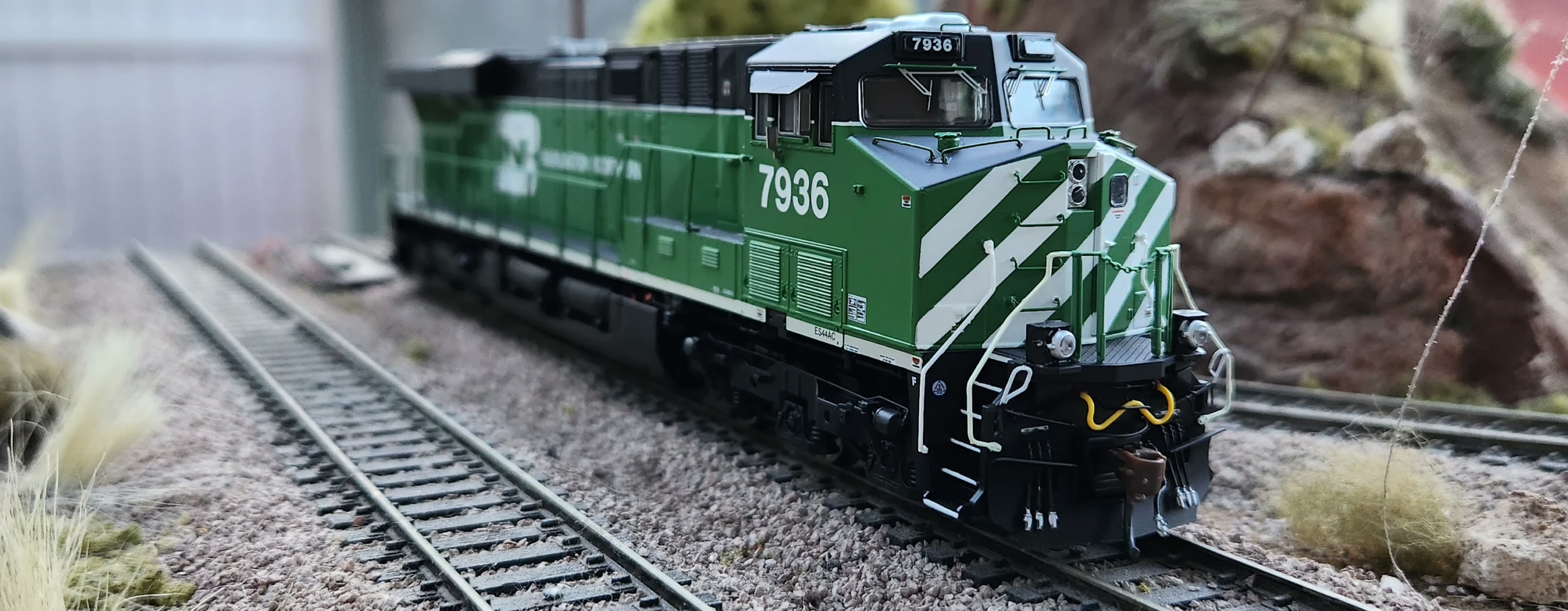
In HO scale model railroading, Bachmann and Athearn are two of the most popular locomotive brands – but they serve slightly different niches. Bachmann’s Spectrum line and budget engines target entry-level to intermediate modelers, while Athearn’s lineup ranges from low-cost RTR (Blue Box/Roundhouse/Ready-To-Roll) diesels up to highly detailed Genesis models. Both brands offer smooth-running locomotives, but they trade off price, detail, and features in different ways. Below we compare them across key dimensions – price, detail, performance, DCC/sound, maintenance, and product range – highlighting pros & cons, and which suits beginners vs. intermediate hobbyists. We also give practical buying tips with some recommended models.
Price and Value
In general, Bachmann locos tend to be less expensive, especially at the low end. Many Spectrum steam engines list under $200 MSRP – for example, a Bachmann Spectrum 2-8-0 Consolidation lists at about $119.99. Athearn Ready-to-Roll diesels similarly start in the $100–150 range, but Athearn’s high-end Genesis models are pricier. For example, an Athearn Genesis F7A runs about $200 MSRP and large Genesis units (SD40-2, Challenger, etc.) often MSRP $250–350. In practice both brands frequently sell below MSRP; one observer notes Bachmann’s $300 MSRP engines often appear on sale for around $150.
Value polls of modelers routinely cite Bachmann Spectrum as a top value buy. One forum user ranked “Bachmann Spectrum” at the top of best-value locomotives, and another enthused that Spectrum models “are absolutely the best value for the dollar”. In short, you’ll usually pay less upfront for a Bachmann engine with similar functionality. Athearn’s premium detail comes at a premium cost, but on the upside their RTR models (Blue Box/RTR) can be very affordable when on sale. A balanced view is: Bachmann wins on entry price, while Athearn offers more performance/detail per dollar at the high end.
Detail and Quality
At the entry/intermediate level, Bachmann Spectrum models offer good looks relative to their cost, but Athearn Genesis locomotives have superior fidelity and finer detailing. A forum expert summarizes: “once you start getting into the Genesis line, Athearn is the clear winner – better details, better running, and more prototypically accurate.”
In other words, a high-end Athearn locomotive (Genesis or HO Brass) will usually outshine a Bachmann in scale accuracy and features. However, Bachmann Spectrum can surpass Athearn’s older RTR products: for example, several modelers note that Bachmann Spectrum diesels actually out-run Athearn’s basic RTR models because the latter still use older Blue Box mechanisms. Bachmann’s Spectrum diesels also often include built-in DCC decoders and sound at that price point – a feature you won’t get on most Athearn Blue Box kits.
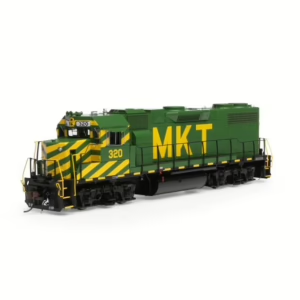
In summary, for visible scale detail and prototypical accuracy, Athearn’s top lines (Genesis) have the edge. For value detail, Bachmann Spectrum is surprisingly strong: modelers find Spectrum bodies “nicely detailed” for the price and appreciate that many models come DCC-equipped.
Performance and Running Smoothness
Both brands offer engines that run reliably when properly maintained, but nuances emerge. Bachmann Spectrum locomotives are generally praised for smooth low-speed control. In one hands-on test, a Bachmann Spectrum Dash-8 diesel “ran like a dream” and even pulled 15 freight cars easily – in fact it outperformed a second-hand Athearn SD40-2 in the reviewer’s backyard layout. A forum post concurs: “Bachmann Spectrum diesels run better than the Athearn RTR diesels, because the Athearn RTR’s are basically just older Blue Box locos.”
At the same time, Athearn’s premium models deliver outstanding performance. The Athearn Ready-to-Roll SD40-2, for example, was tested to climb a 3% grade with a 10-car train and achieved a prototypical top speed of 73 scale MPH. Upgraded with a SoundTraxx Econami decoder, that model was called “a winning combination of detail and performance.”
In practice, most Athearn diesels (especially Genesis) run very well on DC or DCC. One hobbyist notes that “I prefer Athearn over Bachmann, I find the Athearn runs smoother, and the motor sounds better” (referring to the electric motor, not the decoder). In short, Athearn Genesis/RTR motors are often smoother and quieter, while Bachmann Spectrum motors are robust and powerful (but some older models can be noisy).
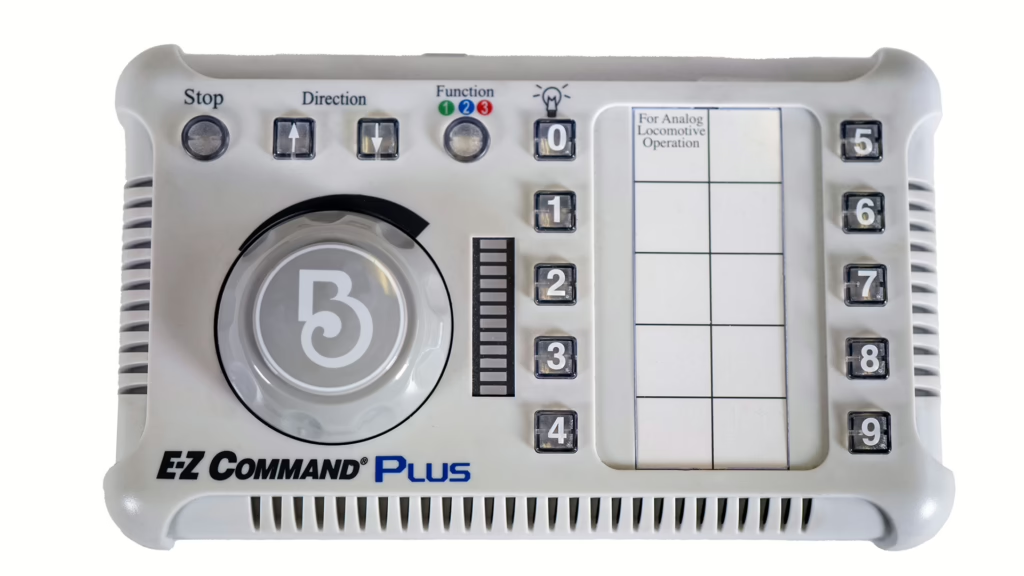
DCC and Sound
Both brands offer DCC-ready and DCC-sound-equipped models, but with different philosophies. Bachmann Spectrum has long included a “DCC Sound Value” option (via SoundTraxx decoders) on many models. For instance, the Bachmann Spectrum 2-8-0 #2525 is sold with a factory-installed SoundTraxx decoder and full whistle/chuff sounds. This means many Bachmann Spectrum engines can be run on DC or plugged straight into DCC without extra wiring. Their sound quality is decent (CD-quality WAV samples on modern models), though some advanced users swap in higher-end decoders over time.
Athearn’s lineup is similar: Blue Box kits and RTR models are available in DC-only or DCC-ready versions, while Genesis models are usually DCC-sound. A recent innovation is that Athearn’s Ready-to-Roll diesels now use a SoundTraxx Econami (Tsunami2) decoder, a big upgrade over the old RTR sound boards. The econami in the Athearn SD40-2 supports advanced functions (bell, horn, notching, brake sounds, etc.) and fine speed steps. In short, both brands can offer full DCC/sound: Bachmann often includes the decoder (and speaker) on Spectrum models, whereas Athearn requires adding a decoder to older RTR units but has top-quality decoders built into new Genesis releases.
Maintenance and Reliability
Neither brand is problem-free, but neither is notoriously worse. Bachmann and Athearn locomotives typically have removable shells for easy access to the chassis and motor. Both use die-cast frames and all-wheel electrical pickup, so power pickup tends to be reliable. Some Bachmann Spectrum models (notably geared steamers) have had gearbreak issues out of the box, but many hobbyists report these are relatively rare and fixable.
Athearn’s major reliability issues in recent years have mostly involved decoders or wiring (e.g. older RTR boards) rather than the drive mechanism. In fact, Bachmann’s early 2010s DCC boards received some criticism (users sometimes “swap out” the Tsunami decoders), and Athearn’s older SoundTraxx decoders could be tricky to configure.
Overall ease of maintenance is comparable. Most Bachmann and Athearn chassis use similar motors and trucks, so cleaning wheels and lubrication follow the same steps. Parts availability is good for both (decoders, gears, pick-ups are interchangeable with common HO gearboxes). Many hobbyists agree that if a Bachmann motor fails, a cheap replacement or even a donor chassis from another Bachmann loco is easy to source. Similarly, Athearn uses a standard can motor and worm gear; many users point out that a worn Athearn motor is easy to replace (some even recommend blue-box Athearn for parts). In short, neither brand has a dramatic maintenance advantage: both run well when kept clean, and both can be opened and serviced with basic tools.
Product Range
Bachmann HO lineup
Bachmann offers a wide range of common US prototypes. In diesel, it makes GP9/18/35/40/38 variants, SW-series switchers, and some specialty cabs. For steam, Bachmann is strong in classic US designs: USRA light/heavy, Consolidations (2-8-0, 2-8-2), K4 Pacifics, Mikados, Mallets, etc. Bachmann frequently retools to add new steam subjects (e.g. the Pennsylvania K4, SP Mastodon 4-8-4, and new Baldwin 4-4-0) – often in both DC and DCC/Sound versions. Many Bachmann models come DCC-ready and often with SoundTraxx DCC in higher-end variants. Bachmann also offers starter trainsets and entry-level engines (like the old Red Box and Thomas lines), catering to newcomers.

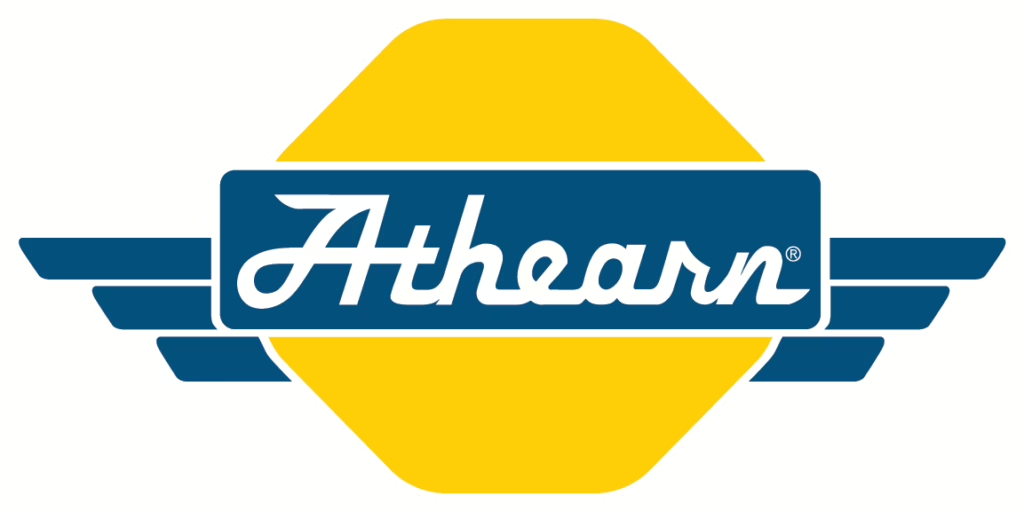
Athearn HO lineup
Athearn focuses heavily on diesels: Blue Box kits (GP, SD, RS, F-units, switchers), RTR models (including GP38-2, GP40-2, GP60, SD70M, etc.), and the upscale Genesis series covering a wide variety of EMD and GE road locomotives. On the steam side, Athearn has fewer HO models – for many years only kits (e.g. 4-4-0) and occasional run-time releases (like their Challengers, Big Boys, or limited-run brass projects). However, they recently started reissuing the 4-4-0 in HO as a high-end “Living Legends” model. Athearn also has a “Legendary Locomotives” brass line for collectors, and some broad-gauge models, but in HO their main focus is diesels.
In summary, Bachmann covers almost all major classic steam plus a good selection of freight/passenger diesels at every price point. Athearn dominates detailed modern diesels and has a smaller selection of steam. If you specifically need modern diesel prototypes (F-units, GP/SD locomotives), Athearn usually has a model (often multiple road numbers) for it. If you want classic steamers or unique freight power (e.g. narrow-cab GP7/8), Bachmann might be more comprehensive.
Pros and Cons
- Bachmann Pros: Generally lower cost; many models include DCC decoders or are DCC-ready; smooth-running Spectrum chassis (especially steam); strong availability of classic steam and switcher models; robust die-cast frames; often good value as noted by modelers.
- Bachmann Cons: Detail is more basic than top-tier brands (especially Atlas Master or Athearn Genesis); some early Spectrum units had quality issues (paint or mechanism) – though this has improved; stock sound decoders (SoundTraxx “Sound Value”) are decent but can be swapped for better Tsunami2 if desired; some modern diesels (like GP40, GP9) use non-scale fuel tanks for cost reasons.
- Athearn Pros: High detail and accuracy on Genesis models; excellent running and pulling power, especially in heavy units; top-notch factory sound (Tsunami2) in new models; smooth, powerful motors; wide variety of road names (Genesis has many specific paint schemes); heavy-duty metal underframes on many Genesis units; most RTR/Genesis models have contemporary lighting and fine paint/stenciling.
- Athearn Cons: Higher price, especially for Genesis; some lower-end RTR models (Blue Box and early RTR) are less refined mechanically (older flywheel and decoder technology); earlier versions of some Genesis DCC boards had quirks (later fixed in Tsunami2 upgrades); newcomers may find the lower-end models overpriced for the detail offered (though sale pricing helps); legacy locomotives (if focusing on steam or older classics) are limited.
In effect, Bachmann is often “best bang for the buck” (especially for rock-solid operation in entry-level models), whereas Athearn demands more investment but rewards it with superior realism and performance.
Beginners vs. Intermediate Hobbyists
For beginners, cost and ease are paramount. Bachmann’s lower-priced Spectrum and Ready-to-Run locos (many pre-fitted with DCC decoders) make them very attractive for someone just starting out. For example, a starter might grab a Bachmann Spectrum 0-6-0 steam locomotive or a GP7 diesel with built-in DCC, and it will run happily out of the box. The inclusion of a decoder (“Sound Value”) on many Bachmann locos means less initial tinkering. Beginners may also appreciate Bachmann’s customer support and availability of simple models.
Athearn entry-level models (Blue Box kits or Ready-to-Run RTR) also work for novices, but the brand really shines once you upgrade. A true beginner might not need the absolute best detail, so saving money with a Bachmann can be wise. As modelers get comfortable and move to intermediate level, they often start favoring Athearn Genesis units for flagship engines. Intermediate hobbyists who want prototypical accuracy, DCC sound, and finer detail will gravitate to Athearn’s higher lines. That said, Athearn’s lower-end RTR models are still solid choices for mid-range budgets – for example, the Ready-to-Roll SD40-2 or GP40-2 gives great performance without the full Genesis price.
In short: Beginners might lean toward Bachmann for cost-effective, no-frills locomotives, while intermediate modelers may invest more in Athearn Genesis (or at least Athearn RTR with custom decoders) for premium detail and running quality. Many hobbyists use both brands: e.g. Bachmann for reliable switchers and steam, Athearn for heavy road power.

Buying Tips & Recommended Models
- Shop for deals: Both brands often sell for well below list price. Watch hobby shops and online retailers for sales or “closing stock” – Bachmann Spectrum engines frequently drop 30–50% off MSRP. That $300 Spectrum steamer might be had for $150 on discount! Likewise, Athearn RTR models often clear discounts when refreshed by new releases.
- Starter vs. Upgrade: If you plan to run DCC sound, consider buying models with decoders pre-installed. Bachmann’s “Sound Value” equipped locos (e.g. many steamers) include a speaker and decoder. Athearn’s RTR series now usually includes a full-featured Tsunami2 decoder. Buying these saves having to install your own board later.
- Read Reviews: Before buying, check modeler reviews or forum threads for the specific model. Quality can vary model-by-model (for instance, one user reported having to exchange multiple Bachmann Consolidations before getting smooth runners, while others rave about the same engine). Trains.com and Model Railroader often have subscriber reviews that give real-world performance feedback.
- Couplers & Accessories: Many import locomotives come with non-scale “rapido” couplers. For realistic operation, install scale knuckle couplers (both brands use Bachmann’s E-Z Mate II knuckles in newer models). This is a minor upgrade but vastly improves coupling reliability.
- Recommended affiliate buys: We’ve chosen a few example locomotives that strike a good balance of price and quality. For beginners, consider a Bachmann Spectrum 2-8-0 Consolidation (Santa Fe #2525) – it’s DCC sound-equipped and known to be a smooth runner. For a diesel, the Athearn Genesis GP38-2 (e.g. BNSF #2277) is highly regarded for smooth operation and detail. A solid cheap switcher is the Bachmann GP7 #2686 (Santa Fe), which is DCC-ready with an all-wheel drive chassis.
For buying guides, check general resources like model railroad beginner guides (e.g. the NMRA or Trains.com beginner tutorials) and specific locomotive reviews. Retailers such as TrainWorld or TowerHobbies often label recommended sets and starters, which can be helpful if you want a complete package.
Conclusion
Both Bachmann and Athearn make respectable HO locomotives, but they cater to slightly different priorities. Bachmann excels at delivering good value – you’ll get solid running engines (especially steamers) and often included DCC/sound for a lower cost. Athearn excels at detail and performance – its Genesis models especially offer top-tier realism and power.
For beginners on a budget, Bachmann’s affordability and ease of use make it a great choice. For the intermediate hobbyist seeking finer scale fidelity and willing to invest more, Athearn’s offerings are very attractive. In practice, many modelers blend both brands: using Bachmann for economical power and Athearn for their standout favorites.
